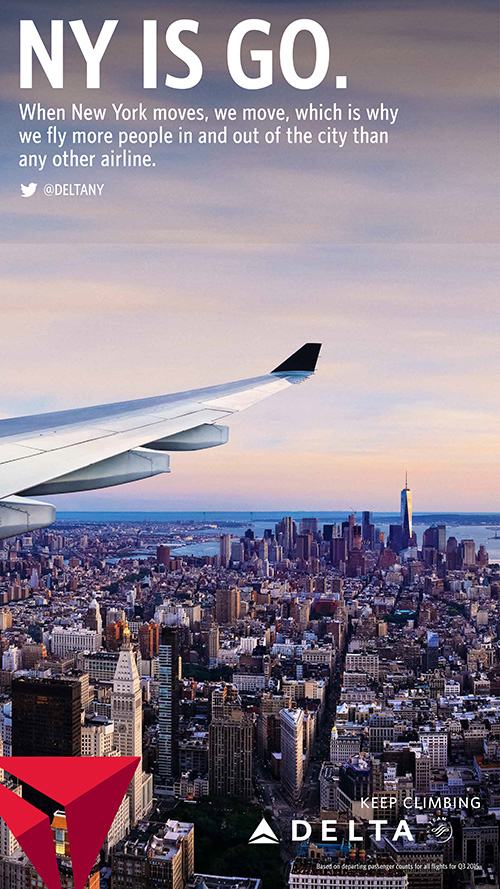The weeks between Black Friday and New Year’s Eve mark one of the busiest and most treacherous driving periods in the U.S. Whether you’re heading out for a reunion, shopping for deals, or making that drive home after a holiday event, the roads present elevated risk. Here’s what data and regulation tell us, and what every driver should know.
Let’s start with what the data actually shows, because the risk isn’t just a feeling. It’s measurable, and it’s growing.
What the Numbers Show
Here are key data insights to help you understand how driving risk changes during the holiday season:
- From 2018–2022, U.S. holiday periods (major holidays like Memorial Day, Fourth of July, Labor Day, Thanksgiving, Christmas) averaged 3.35 fatalities per 100,000 residents during those holiday windows.
- On average, driving during major holiday periods was 13.9% more dangerous (in terms of fatality rate) than non‑holiday periods.
- Alcohol‑impaired driving jumps during the holidays: between 36% (Thanksgiving) and 42% (New Year’s) of holiday traffic fatalities involved alcohol impairment compared with about 31% during non‑holiday periods, according to Statista data.
- Speeding plays a major role: roughly 31.1% of holiday fatalities involved speeding.
- Pedestrian risk increases: for example, on Thanksgiving the share of fatalities that were pedestrians rose to about 21.0% (versus 12.7% on less risky holidays).
- State variance: Some states see much higher holiday‑crash fatality rates than others. For example, from 2018‑22 Montana had ~6.78 deaths per 100k residents in holiday windows, while Massachusetts had ~1.32 deaths per 100k.
But numbers alone don’t tell the whole story. The real question is: why do these crashes spike so sharply during the holidays?
Why the Holiday Period Is Riskier
There are several overlapping reasons why roads become more dangerous in the holiday window:
- Heavy & varied traffic: More drivers on the road, families travelling, out‑of‑towners, and rideshare drivers increase exposure.
- Longer drives, unfamiliar routes: Visiting relatives or friends often means driving roads you don’t usually navigate; coupling that with nighttime driving or poor signage increases risk.
- Fatigue and time‑pressure: The holiday schedule often means early morning starts, late nights, rushing to events, or driving immediately after work. Being tired reduces reaction time and patience.
- Impairment & distraction: Celebrations mean more alcohol (and sometimes drug) use. The increased share of alcohol‑implicated fatalities during holidays reflects this.
- More pedestrian & parking‑lot risk: With shopping, holiday events and crowded retail zones, more injuries happen at low-speed zones (parking lots) or when pedestrians are mixing with traffic.
- Enforcement & external hazards: Some states ramp up enforcement (more checkpoints, saturation patrols), and you may encounter unexpected traffic patterns (holiday closures, detours,) adding confusion.
Across the U.S., states ramp up enforcement during the holidays, and knowing how traffic laws vary can help you avoid unintended trouble, especially if you’re driving across state lines.
How Holiday Driving Laws Vary by State
While traffic laws may seem universal, they can differ more than drivers realize, especially during the holiday season, when enforcement ramps up and unfamiliar roads become more common. Whether you’re driving in your home state or crossing borders to visit family, understanding these key differences can help you avoid fines, delays, or worse.
- DUI Checkpoints & Heightened Enforcement
Many states increase sobriety checkpoints and patrols during holiday weekends. For example, Arizona runs high-visibility DUI enforcement campaigns around Thanksgiving, Christmas, and New Year’s. States like Texas and Tennessee often implement “no-refusal” weekends, allowing officers to obtain on-the-spot blood warrants if drivers refuse breath tests.
- Varying State DUI Laws
All states prohibit driving with a BAC of 0.08% or higher, but the penalties differ. Arizona, for instance, has some of the toughest DUI laws in the country, including mandatory jail time and ignition interlocks even for first offenses. Meanwhile, states like Pennsylvania and North Carolina offer tiered penalties depending on impairment level.
- Speed Limits and Enforcement
Speed limits and how strictly they’re enforced vary widely.- In Texas, rural interstates allow up to 85 mph, the highest in the nation.
- In Arizona, many highways permit up to 75 mph, but speed cameras in some areas (like school zones or red-light intersections) remain active during the holidays.
- In New York, the maximum posted speed is 65 mph on most highways, and enforcement is especially aggressive in urban areas like NYC. The state also uses speed cameras in school zones year-round, including during holiday breaks when foot traffic increases.
- Distracted Driving and Phone Use Laws
As of 2025, 24 states ban all hand-held phone use while driving, while others only ban texting.- Arizona enforces a statewide ban on hand-held phone use while driving.
- California and New York also have strict laws and higher fines for violations, especially in school or construction zones.
- Open-Container Laws
Open-container laws differ from state to state. For example:
- Florida prohibits any open alcohol container in the passenger area.
- Mississippi allows passengers to possess open containers in some situations, although drivers may not consume.
- Arizona prohibits open alcohol containers unless stored in a locked glove compartment or trunk.
- Holiday-Specific Safety Campaigns
Many jurisdictions launch branded holiday safety campaigns like “Drive Sober or Get Pulled Over” tied to stepped-up patrols, checkpoints, and PSA blasts. These aren’t just slogans; they coincide with real spikes in citations and arrests.
- Cross-State Reporting and Violations
Traveling across state lines? Violations in one state can still follow you home due to interstate compacts. A speeding ticket in Nevada or a DUI in Utah could impact your Arizona license, insurance rates, and driving record.
The good news is, there are simple steps you can take to reduce your chances of being involved in a crash during the holidays.
What Drivers Should Do to Stay Safer
Here’s a practical checklist to reduce your risk:
- Plan your route ahead and allow extra time; don’t rush.
- Avoid driving when tired; if you feel drowsy, stop or switch drivers.
- If you’ll be drinking, don’t drive. Even “buzzed” can impair you.
- Drive defensively on unfamiliar roads, especially at night.
Be extra cautious in parking lots: reduce speed, expect the unexpected, and watch for pedestrians. - Prepare your vehicle: check tires, brakes, lights, and load weight if travelling with gifts/gear.
- Avoid distractions: phones, food, changing music — they reduce reaction time.
- Stay aware of enforcement zones: many states run DUI checkpoints and other traffic enforcement campaigns during holiday weeks.
Final Thought
The holiday season should be about enjoying time with family and friends, not dealing with the aftermath of a crash. Driving safely is more than a slogan: it’s about planning, vigilance, and understanding the added risk the season brings. Whether you’re travelling interstate, shopping locally, or heading to a festive event, the risks are higher and the consequences real. Stay alert, drive responsibly, and give yourself the best chance of arriving home safely.






